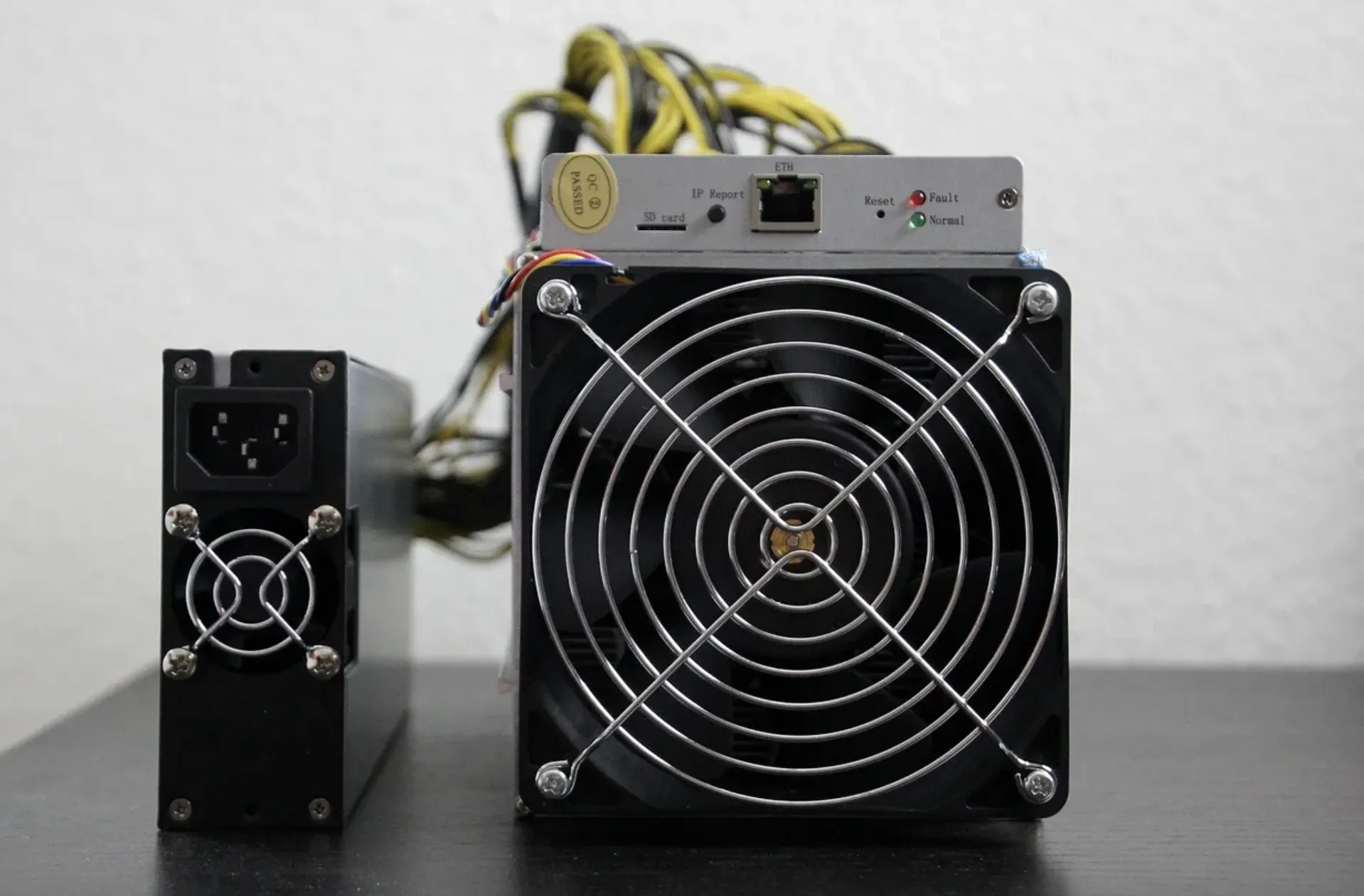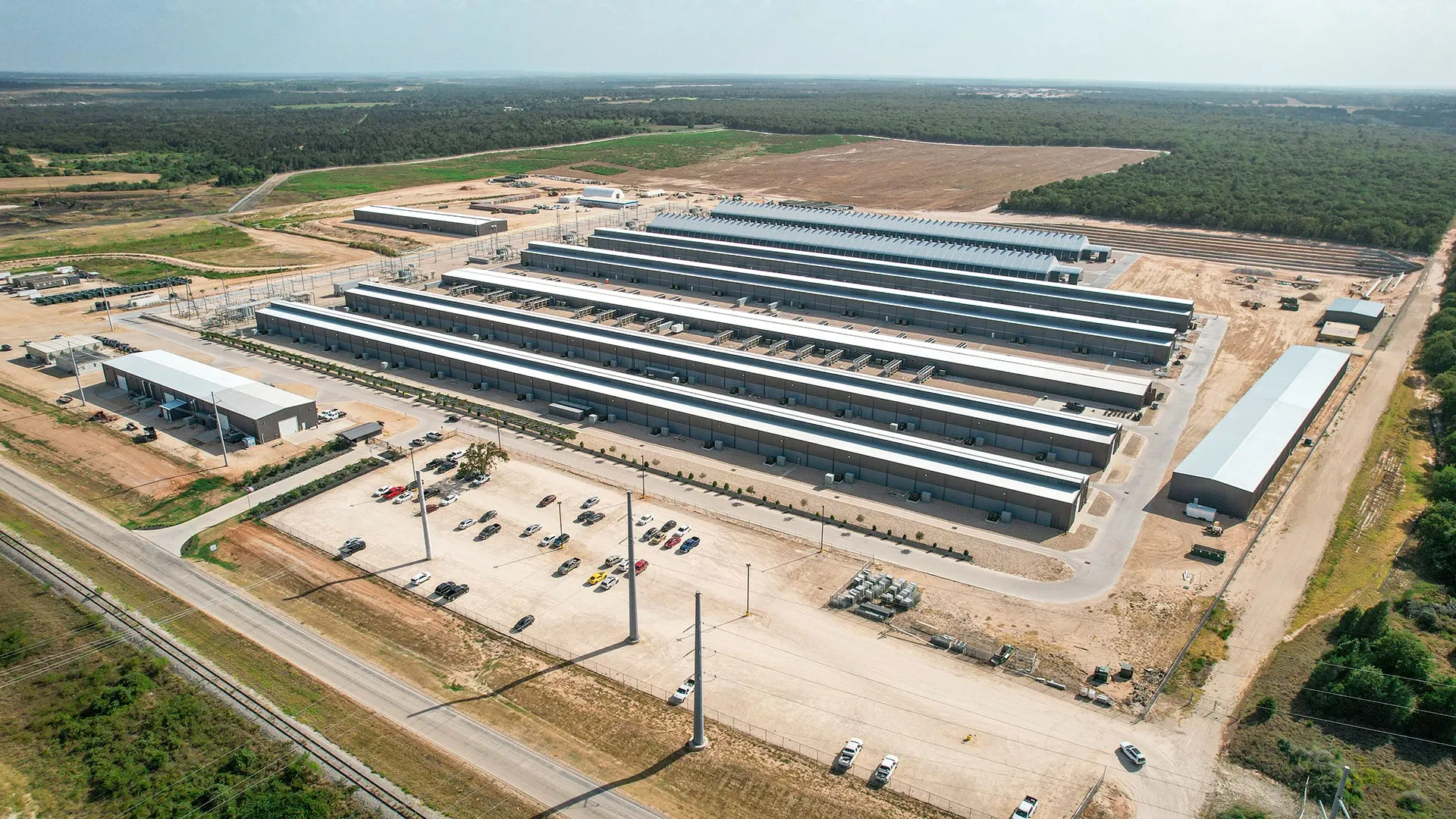







































What is Cryptocurrency Mining and How Does it Work?
 CCY
CCY
 SATOSHI
SATOSHI
 SOLO
SOLO
 RVN
RVN
 ETC
ETC
Understanding Cryptocurrency Mining: The Foundation of Blockchain Technology
Cryptocurrency mining stands as one of the most fascinating innovations in modern financial technology. At its core, mining is the critical process through which transactions are verified and added to a blockchain's public ledger, simultaneously releasing new cryptocurrency tokens into circulation. This process maintains the integrity and security of cryptocurrency networks while providing incentives for participants to contribute their computing resources.
The Evolution of Cryptocurrency Mining
The journey of cryptocurrency mining began in 2009 with the launch of Bitcoin, when its mysterious creator Satoshi Nakamoto mined the genesis block. In those early days, mining was a relatively simple process that could be performed on basic home computers using CPU power. Early miners could generate significant rewards using nothing more than a laptop, with each block yielding 50 BTC.
As Bitcoin's popularity grew, mining evolved through several distinct phases:
- CPU Mining Era (2009-2010)
- Basic computer processors were sufficient
- Mining difficulty was low
- Individual miners could easily earn rewards
- GPU Mining Revolution (2010-2013)
- Graphics cards proved significantly more efficient
- Mining farms began to emerge
- Difficulty increased substantially
- ASIC Domination (2013-Present)
- Application-Specific Integrated Circuits took over
- Professional mining operations became the norm
- Individual mining became increasingly challenging
- Cloud Mining Emergence (2014-Present)
- Rental of mining power through remote facilities
- Accessible to users without hardware investment
- Managed by professional operations

Mining Methods: Solo vs. Pool Mining
Each method has its pros and cons, from reward distribution to hardware requirements. Which one is more suited to your mining goals?
Solo Mining
Solo mining represents the traditional approach to cryptocurrency mining, where individual miners attempt to validate blocks independently. While this method offers the potential for substantial rewards – as evidenced by a recent solo miner's success in securing a full block reward of 3.125 BTC – the odds of such success are increasingly rare.
Pool Mining
Mining pools have become the predominant method for most miners, offering several advantages:
- Consistent Returns: Smaller but regular payments instead of sporadic large rewards
- Lower Entry Barriers: Miners can contribute any amount of hash power
- Shared Resources: Pool participants share technical expertise and updates
- Risk Distribution: Mining pools help distribute the risk of mining across many participants
Leading mining pools like F2Pool and Antpool now control significant portions of the total mining hash rate, demonstrating the shift toward collaborative mining approaches.
The Environmental Impact of Mining
The energy consumption of cryptocurrency mining has become a central point of discussion in the broader crypto ecosystem. Current estimates suggest that Bitcoin mining alone consumes more energy annually than many small countries. This significant energy footprint has led to:
- Increased scrutiny from environmental organizations
- Development of renewable energy mining operations
- Policy discussions in various jurisdictions
- Innovation in energy-efficient mining technologies
Consensus Mechanisms: PoW vs. PoS
Proof of Work (PoW)
Bitcoin continues to use the Proof of Work consensus mechanism, which requires miners to solve complex mathematical puzzles. This process demands significant computational power and energy consumption but ensures network security through physical resource commitment.
Proof of Stake (PoS)
In contrast, Ethereum transitioned to Proof of Stake in 2022, eliminating traditional mining in favor of a system where validators stake cryptocurrency to secure the network. This shift reduced energy consumption by approximately 99.95%.
Mineable Cryptocurrencies
Popular ASIC-Mineable Coins
- Bitcoin (BTC) remains the flagship cryptocurrency, utilizing the SHA-256 algorithm and demanding specialized ASIC miners for any chance of profitability. As the original and most valuable cryptocurrency, Bitcoin mining represents the most competitive and challenging mining environment, with the highest difficulty of any blockchain network.
- Litecoin (LTC) often referred to as "digital silver" to Bitcoin's "digital gold," employs the Scrypt algorithm and requires dedicated Scrypt ASIC miners. Known for its faster block times compared to Bitcoin, Litecoin has maintained a strong mining community since its inception.
- Dogecoin (DOGE) the original memecoin, transformed from a meme-inspired cryptocurrency into a serious contender in the mining space. Through merged mining with Litecoin using the Scrypt
Notable GPU-Mineable Projects
- Ravencoin (RVN) stands out as an asset-focused blockchain platform utilizing the KAWPOW algorithm. Designed specifically to resist ASIC mining, Ravencoin has become a favorite among GPU miners seeking to maintain decentralization through consumer hardware mining.
- Ethereum Classic (ETC) continues the original Ethereum vision through the Ethash algorithm. While Ethereum transitioned to Proof of Stake, ETC maintains GPU mining support, providing a home for miners seeking to continue using their graphics card setups.
- Monero (XMR) emphasizes privacy and security while using the RandomX algorithm. Though primarily optimized for CPU mining, it remains accessible to GPU miners, with its ASIC-resistant design ensuring a more democratized mining process.
Large-Scale Mining Operations
Cryptocurrency mining has evolved to include various large-scale operations:
Industrial Mining Farms
Major mining facilities have emerged worldwide, with notable concentrations in:
- North America (particularly after China's mining ban)
- Kazakhstan
- Russia
- Northern Europe

Government Mining Operations
Several governments have begun exploring or implementing state-sponsored mining operations:
- El Salvador: Using eco-friendly volcanic energy for Bitcoin mining
- Iran: Operating licensed mining facilities
- Venezuela: State-sponsored mining programs
Corporate Mining Operations
Public companies like Marathon Digital Holdings and Riot Platforms operate massive mining facilities, often maintaining tens of thousands of mining rigs and generating substantial revenue through mining operations.
Conclusion
Cryptocurrency mining continues to evolve as technology advances and regulatory landscapes shift. While the entry barriers for individual miners have increased significantly, the industry has matured into a sophisticated ecosystem of professional operations, mining pools, and innovative solutions. Mining remains a crucial component of many blockchain networks, ensuring their security and operational integrity while adapting to growing environmental concerns and technological advancements.

